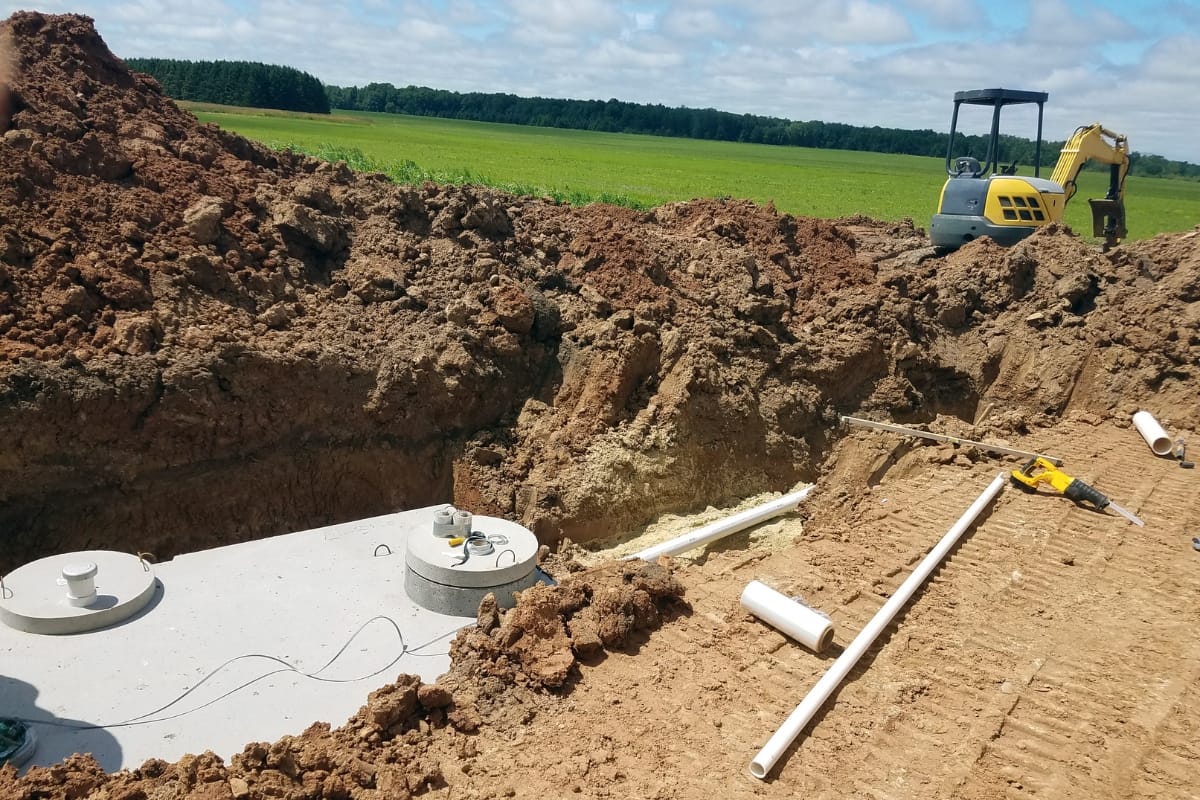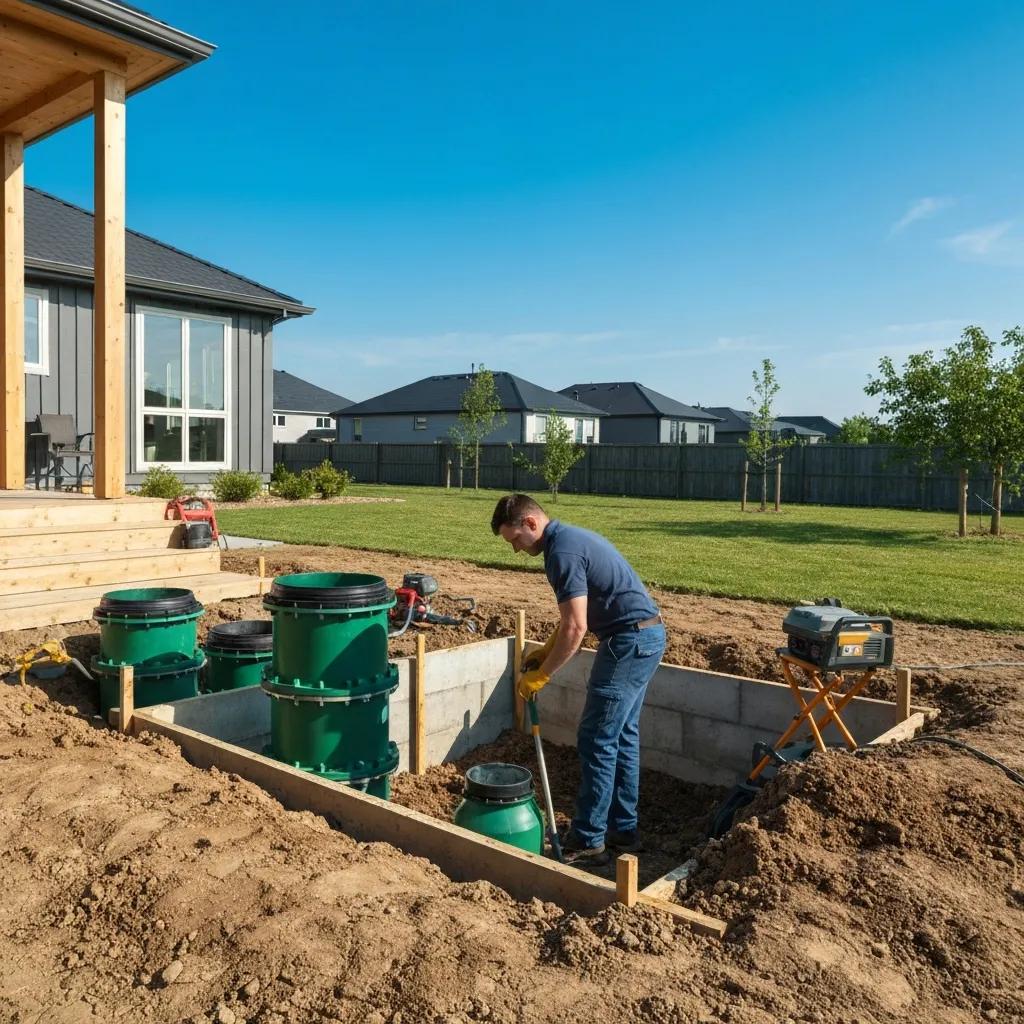As environmental awareness continues to grow, the demand for sustainable and eco-friendly waste management solutions is more pressing than ever.
Green septic systems represent the future of waste management, offering innovative and environmentally responsible alternatives to traditional septic systems. These advanced systems not only efficiently process wastewater but also minimize environmental impact by utilizing natural processes and renewable resources. In this guide, we’ll explore the cutting-edge technology behind green septic systems, their benefits, and how they contribute to a healthier planet.
Whether you’re a homeowner looking to upgrade your septic system or a builder interested in sustainable practices, discover how green septic systems can play a crucial role in eco-friendly waste management and pave the way for a greener future.
Going Green with Septic Systems: How Do They Work?
The Evolution of Waste Management: From Traditional to Green Septic Systems
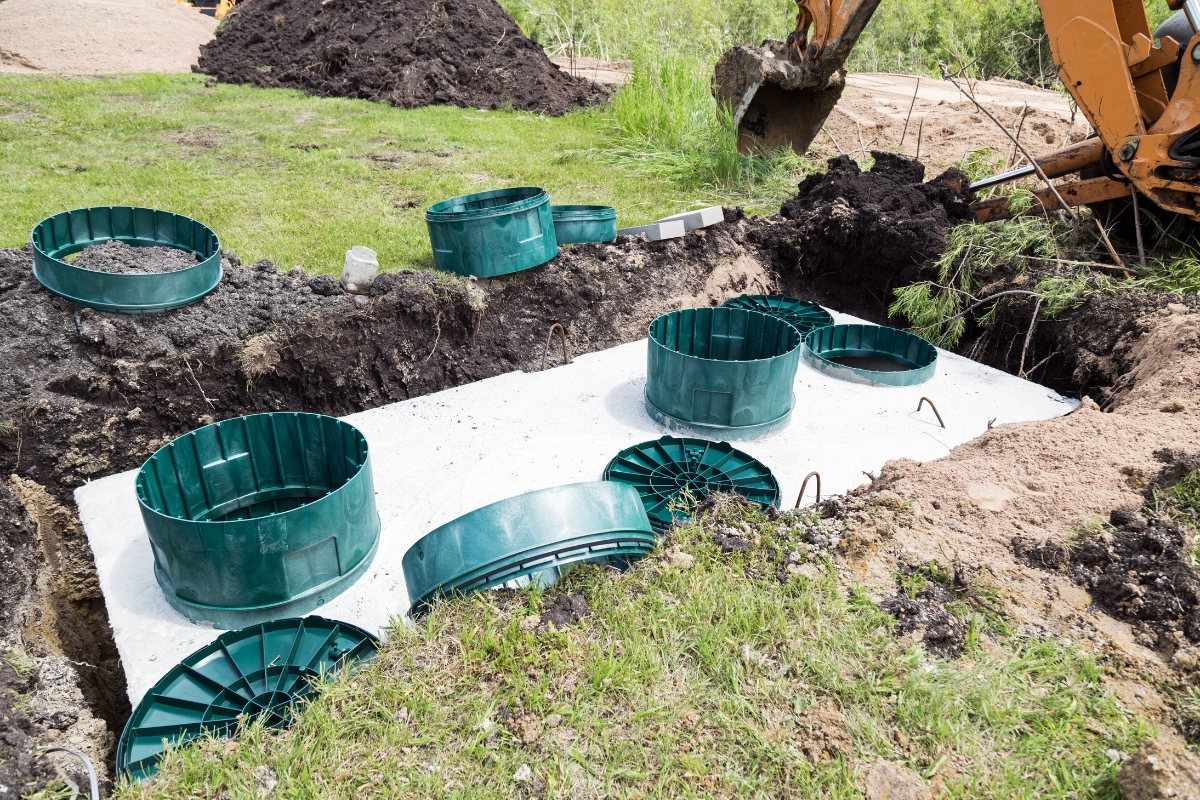
Waste management has come a long way over the years, evolving from traditional methods to more sustainable and eco-friendly solutions. One such innovation is the advent of green septic systems. These systems have revolutionized waste management by incorporating environmentally conscious practices and technologies.
In the past, conventional septic systems and wastewater treatment systems were the norm for waste disposal. While they effectively treated wastewater, they often posed risks to the environment.
Traditional septic systems relied on anaerobic processes, which produced harmful byproducts and pollutants that could contaminate groundwater and nearby water bodies. The high nitrogen and phosphorus levels in effluent from these systems could lead to eutrophication, causing algal blooms and degrading water quality.
However, with growing concerns about environmental impact and sustainability, researchers and engineers began developing green septic systems as an alternative solution. These systems utilize advanced technologies and design principles that minimize pollution and maximize resource efficiency.
For example, green septic systems often incorporate aerobic treatment units, which use oxygen to break down organic matter more completely, reducing the release of harmful byproducts.
Additionally, these systems may use natural processes such as constructed wetlands or biofilters to further purify wastewater before it reenters the environment. These methods not only improve the quality of effluent but also support local ecosystems by providing habitats for plants and microorganisms.
Green septic systems also focus on water conservation, often featuring designs that recycle treated wastewater for non-potable uses such as irrigation. This reduces the demand on freshwater resources and promotes a more sustainable approach to water management.
As awareness of environmental issues continues to grow, the adoption of green septic systems is likely to increase, representing a significant step forward in the evolution of waste management practices. These innovations highlight the ongoing efforts to balance human needs with environmental stewardship, ensuring a healthier planet for future generations.
Understanding the Environmental Impact of Conventional Septic Tanks
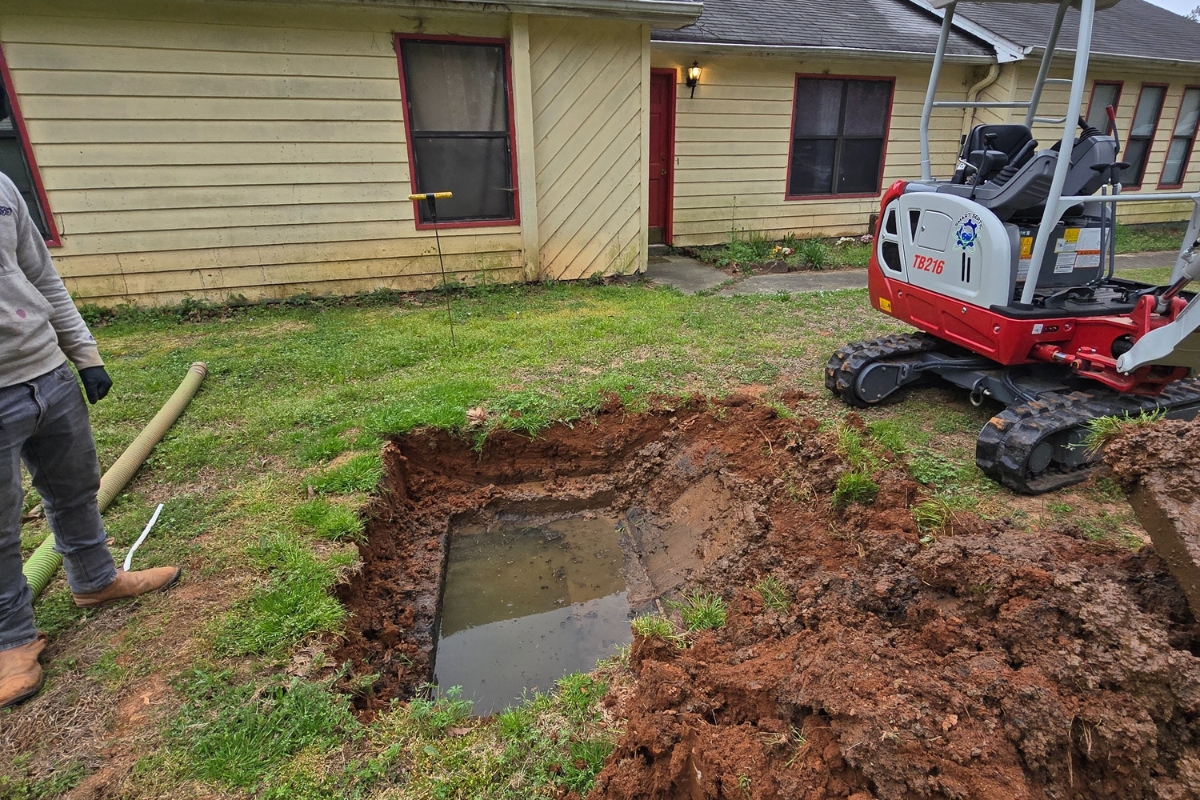
Before delving into green septic systems, it’s crucial to understand the environmental impact of conventional systems. While these traditional systems effectively treat wastewater from homes and businesses, they can have detrimental effects on the environment if not properly maintained or designed.
One of the primary concerns with conventional septic systems is groundwater contamination. Improperly functioning or outdated septic tanks can leak harmful pathogens, nutrients, and chemicals into groundwater sources.
This contamination can pose serious health risks for both humans and wildlife who rely on clean water sources. Pathogens such as bacteria and viruses can cause waterborne diseases, while chemical contaminants may include household cleaners and personal care products that are toxic to aquatic life.
In addition to groundwater contamination, conventional systems also contribute to nutrient pollution in water bodies. When excess nutrients like nitrogen and phosphorus enter lakes, rivers, or oceans through wastewater discharge, they can cause harmful algal blooms that deplete oxygen levels in aquatic ecosystems.
This phenomenon, known as eutrophication, leads to fish kills and disrupts the overall balance of marine life. The dense growth of algae blocks sunlight, affecting photosynthesis in aquatic plants, and as algae decompose, they consume oxygen needed by other organisms, resulting in dead zones where aquatic life cannot survive.
Moreover, conventional systems can contribute to soil degradation and landscape disruption. Poorly managed systems may cause effluent to surface, creating unsanitary conditions and odors. The need for frequent maintenance and potential system failures can also lead to repeated disturbances in local ecosystems and residential areas.
Understanding these environmental impacts highlights the need for improved waste management solutions, such as green septic systems, which aim to mitigate these adverse effects through innovative and sustainable practices.
Key Principles of Green Septic Systems Design
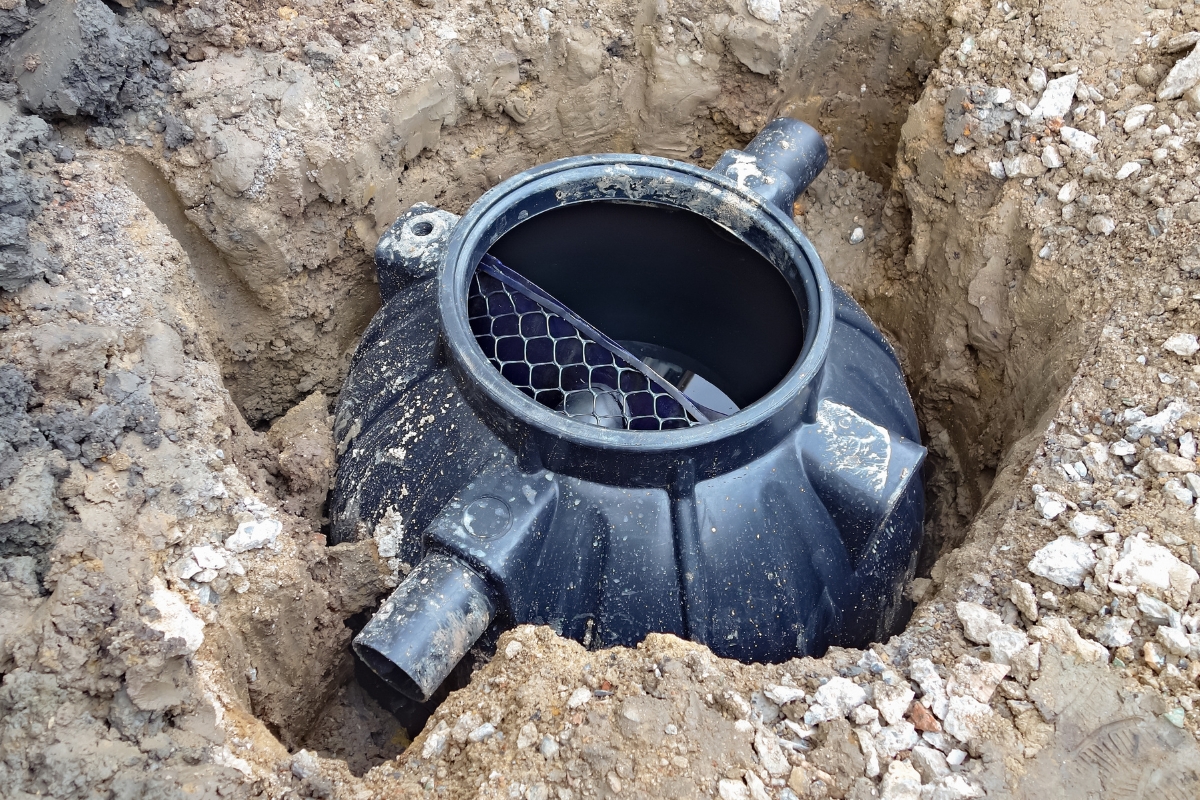
Green septic systems are designed with a set of key principles that prioritize sustainability and environmental protection. These principles guide the development and implementation of these innovative waste management solutions.
One crucial principle is the use of advanced treatment technologies. Green septic systems incorporate technologies such as aerobic treatment units, constructed wetlands, and sand filters to enhance the treatment process.
These technologies promote the breakdown of organic matter, removal of pathogens, and reduction of nutrient levels in wastewater. Aerobic treatment units introduce oxygen into the wastewater, facilitating more efficient decomposition of organic materials compared to traditional anaerobic systems.
Constructed wetlands mimic natural wetlands by using plants and microorganisms to filter and clean the water, while sand filters provide additional physical filtration to remove fine particles and contaminants.
Another essential aspect is resource conservation. Green septic systems aim to minimize water usage by implementing water-saving fixtures and practices. By reducing water consumption, these systems not only conserve a precious resource but also decrease the volume of wastewater that needs treatment. Low-flow toilets, faucets, and showerheads, as well as water-efficient appliances, can significantly lower household water use, thereby reducing the load on septic systems.
Integration with natural processes is also a key principle. Green septic systems often utilize natural cycles and ecological principles to treat and manage wastewater.
For instance, phytoremediation, where plants are used to absorb and break down contaminants, and microbial degradation, leveraging bacteria to decompose organic matter, are common strategies. These approaches harness the power of natural ecosystems to achieve effective wastewater treatment with minimal environmental impact.
Lastly, green septic systems emphasize sustainable design and materials. The use of environmentally friendly construction materials and energy-efficient components helps minimize the overall ecological footprint. Additionally, sustainable design includes planning for longevity and ease of maintenance, ensuring that systems remain effective and functional over time with minimal resource input.
Benefits of Implementing Green Septic Systems
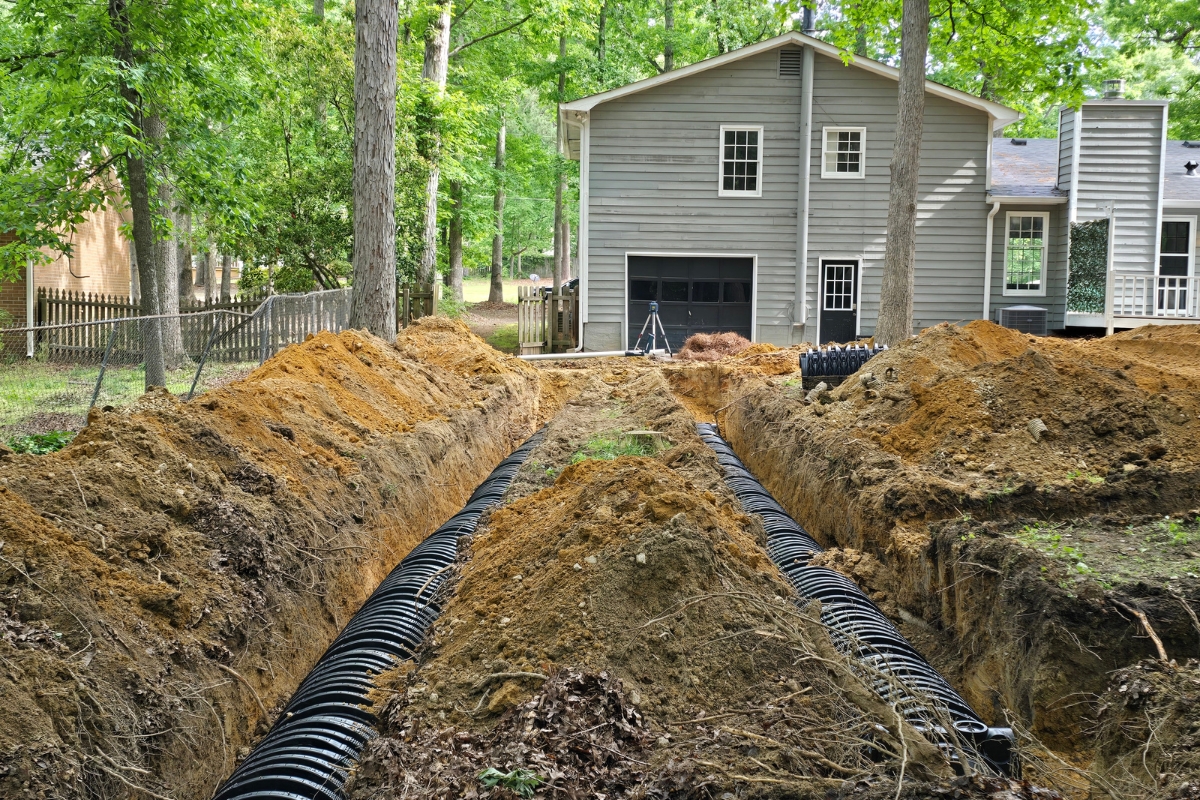
The adoption of green septic systems offers numerous benefits for both individuals and the environment. These systems provide a more sustainable approach to waste management while minimizing negative impacts on ecosystems.
One significant advantage is improved water quality. Green septic systems effectively remove contaminants from wastewater before it enters groundwater or nearby water bodies. This ensures cleaner water sources for drinking, recreation, and wildlife habitats. By reducing the presence of harmful pathogens, nutrients, and chemicals, these systems help maintain the health and safety of local water supplies.
In addition to better water quality, green septic systems also contribute to energy conservation. Many conventional septic systems rely on electricity for their operation, consuming significant amounts of energy. In contrast, green septic systems often utilize renewable energy sources like solar power or wind turbines to power their treatment processes. This not only reduces reliance on non-renewable energy but also lowers overall energy costs for homeowners and communities.
Moreover, green septic systems support sustainable land use and reduce the environmental footprint of waste management. By incorporating natural processes such as constructed wetlands and phytoremediation, these systems integrate seamlessly into the landscape, providing habitat for wildlife and enhancing local biodiversity. This approach promotes ecological balance and encourages the preservation of natural resources.
Green septic systems also offer long-term cost savings. Although the initial investment may be higher than traditional systems, the reduced energy consumption, lower maintenance requirements, and extended lifespan of green systems can result in significant savings over time. Additionally, many regions offer incentives or grants for installing environmentally friendly waste management solutions, further offsetting the initial costs.
By implementing green septic systems, communities can achieve a more sustainable and environmentally friendly approach to wastewater management, benefiting both current and future generations.
Overcoming Challenges in Adopting Green Septic Systems
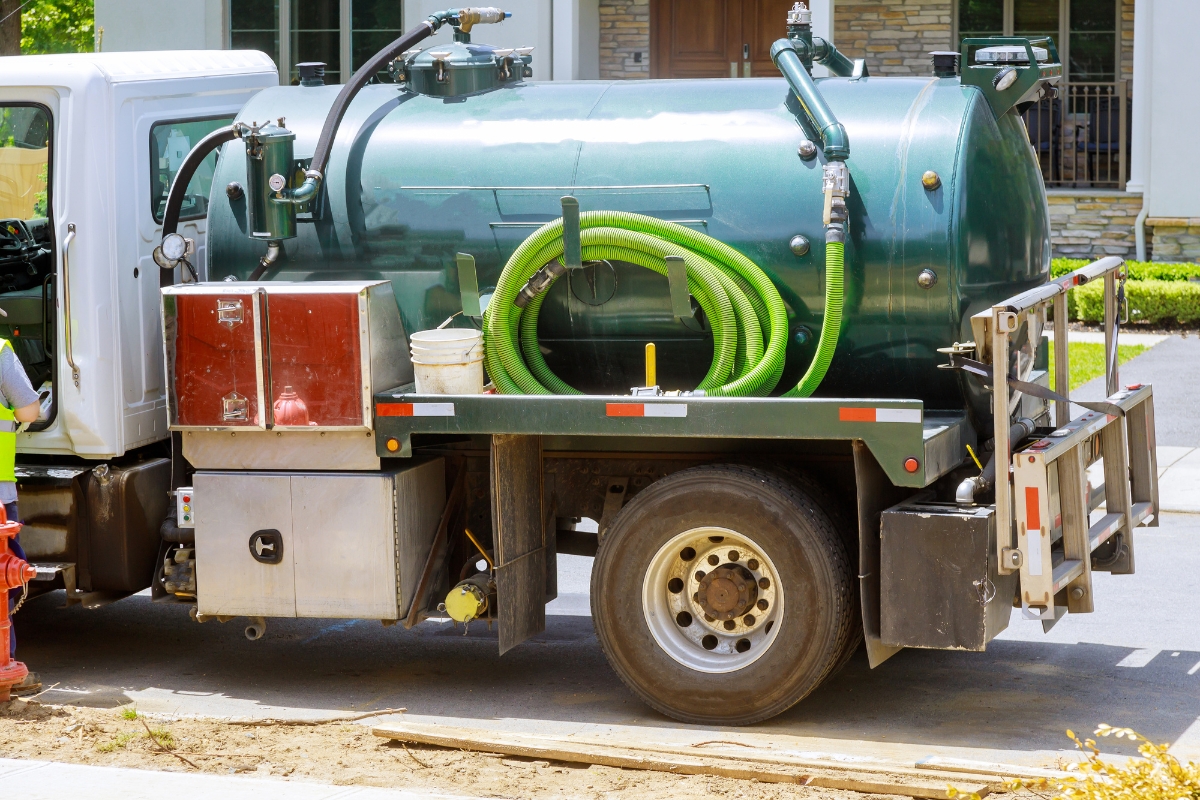
While green septic systems offer promising solutions for sustainable waste management, there are challenges associated with their widespread adoption.
Initial Cost:
- The upfront cost of installing green septic systems can be higher compared to traditional systems due to innovative technologies and design features.
- It’s important to consider the long-term benefits and cost savings, including reduced water usage, energy conservation, and lower maintenance requirements, which can offset the initial investment.
Education and Awareness:
- Many homeowners and businesses may not be familiar with green septic systems or their benefits.
- Promoting public knowledge through educational campaigns, workshops, and informational materials is crucial for encouraging widespread adoption.
Regulatory Hurdles:
- Existing regulations and building codes may not yet fully accommodate or recognize green septic technologies.
- Advocacy for updated regulations and building codes that support sustainable practices is essential for facilitating the adoption of green septic systems.
Technical Expertise:
- There may be a lack of local contractors and technicians skilled in installing and maintaining green septic systems.
- Providing training and certification programs for professionals can help build the necessary expertise and support infrastructure for these systems.
Maintenance and Monitoring:
- Green septic systems may require more specialized maintenance and monitoring compared to traditional systems.
- Ensuring that users have access to reliable maintenance services and resources can help address this challenge.
Acceptance and Adoption:
- Resistance to change and skepticism about new technologies can hinder the adoption of green septic systems.
- Demonstrating the effectiveness and benefits of these systems through pilot projects and case studies can build trust and acceptance among potential users.
Addressing these challenges through strategic initiatives and support can help pave the way for broader implementation of green septic systems, contributing to more sustainable and environmentally friendly waste management practices.
Regulations and Incentives Encouraging the Transition to Eco-Friendly Waste Management and Septic Technology
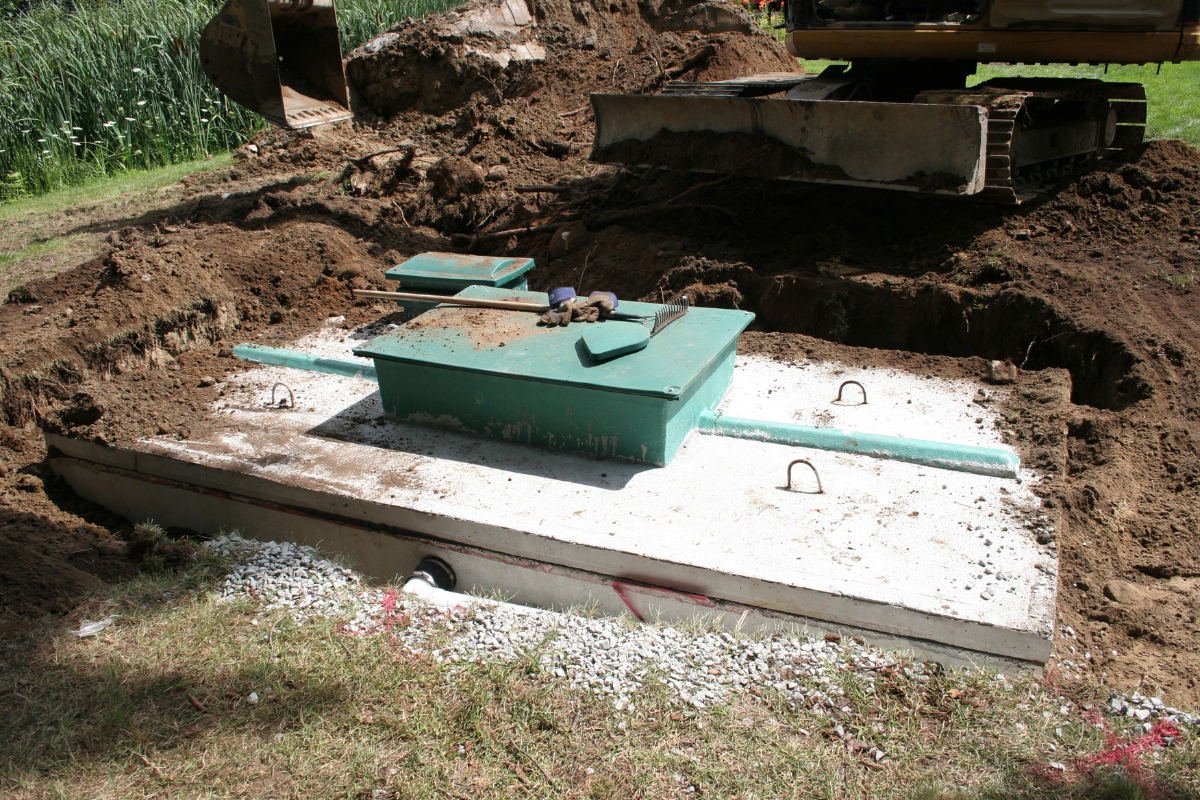
To facilitate the transition towards green septic systems, governments and regulatory bodies have implemented various regulations and incentives to encourage their adoption. Stricter guidelines for conventional septic tanks, such as more rigorous standards and regular maintenance inspections, are being put in place to promote the use of advanced treatment technologies. These regulations aim to protect water quality, reduce pollution, and ensure proper waste management practices.
In addition to regulations, financial incentives play a crucial role in encouraging the adoption of green septic systems. Tax credits and rebates for installing these eco-friendly solutions help offset the initial costs, making them more accessible to homeowners and businesses. Grant programs are also available to support the development and installation of green septic systems, funding research, pilot projects, and community initiatives that promote sustainable waste management practices.
Low-interest loans provide another financial mechanism to reduce barriers to adoption. These loans offer flexible repayment terms, making it easier for individuals and businesses to invest in green technologies. Public awareness campaigns further support these efforts by highlighting the benefits of green septic systems, driving demand, and garnering public support for eco-friendly waste management solutions.
Technical assistance and training programs for contractors and technicians are essential to ensure successful implementation and long-term sustainability of green septic systems. By building local expertise, these programs enhance the workforce’s capability to install and maintain these systems effectively.
Combining these regulations and incentives creates a comprehensive strategy to encourage the transition to eco-friendly waste management. Governments can thus promote the widespread adoption of green septic systems, contributing significantly to environmental conservation and sustainable practices.
Maintenance and Long-Term Sustainability of Green Septic Systems

Maintaining green septic systems is essential for ensuring their long-term sustainability and optimal performance. Regular inspections, maintenance checks, and proper operation are key factors in preserving these eco-friendly waste management solutions.
Homeowners should follow recommended maintenance schedules provided by manufacturers or local authorities. This includes regular pumping of septic tanks to remove sludge and prevent system overload, as well as routine inspections to detect potential issues early. Inspections should cover all system components, such as filters and pumps, to ensure they are functioning correctly and efficiently.
Monitoring water usage habits is another crucial aspect of maintaining green septic systems. By conserving water, homeowners can reduce the load on the septic system, enhancing its longevity and performance. Implementing water-saving fixtures and practices can help maintain optimal system function.
It is also important to avoid flushing harmful substances down drains or toilets. Chemicals, grease, and non-biodegradable items can disrupt the biological processes within the septic system and lead to blockages or contamination. Using biodegradable and septic-safe cleaning products minimizes the risk of damaging the system and supports its ecological balance.
Promptly addressing any system malfunctions or leaks is vital to prevent environmental contamination and ensure system integrity. Regular monitoring can help identify leaks or inefficiencies early, allowing for timely repairs. Education and awareness play a significant role in maintaining green septic systems. Homeowners should be educated about the importance of proper maintenance and the potential environmental impact of neglecting their septic systems. Ongoing education can help foster responsible usage and proactive maintenance practices.
By adhering to these maintenance practices, homeowners can ensure the long-term sustainability of their green septic systems, protecting both the environment and their investment in eco-friendly waste management solutions.
Challenges and Future Developments in Sustainable Waste Management
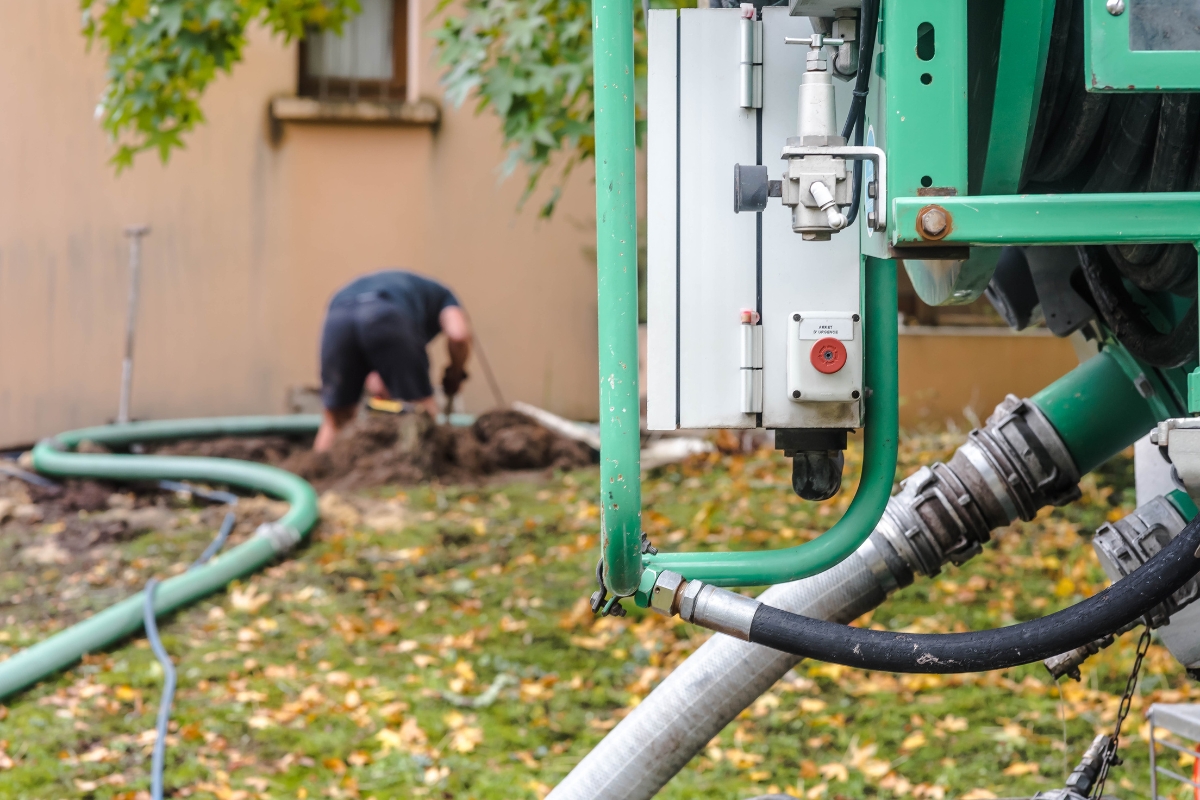
While Aerobic Septic Systems represent a significant step towards sustainable waste management, there are ongoing challenges and opportunities for future developments.
One challenge is the need for continuous research and innovation. Scientists and engineers are constantly exploring new technologies and design concepts to further improve the efficiency, affordability, and environmental performance of green septic systems. This includes developing advanced materials that are more sustainable and durable, as well as refining biological processes to enhance the breakdown of waste and removal of contaminants.
Another aspect is the integration of smart technologies. The incorporation of sensors, data analytics, and remote monitoring capabilities can enhance system performance, detect issues in real-time, and optimize resource usage. Smart systems can provide valuable data on system health and efficiency, allowing for proactive maintenance and immediate response to potential problems, thereby reducing downtime and repair costs.
Education and public awareness also remain crucial. Many homeowners and businesses are still unaware of the benefits and functionalities of green septic systems. Continued efforts to educate the public about sustainable waste management practices and the long-term advantages of green technologies are essential for broader adoption. This can be achieved through community workshops, informational campaigns, and partnerships with environmental organizations.
Additionally, policy support and financial incentives play a critical role. Governments can facilitate the transition to sustainable waste management by offering tax breaks, subsidies, and grants for the installation and maintenance of green septic systems. Establishing regulations that mandate or encourage the use of environmentally friendly waste management practices can further drive innovation and adoption.
Addressing these challenges through a combination of research, technology integration, public education, and supportive policies will pave the way for the continued advancement and widespread implementation of sustainable waste management solutions. This holistic approach ensures that green septic systems and other innovative practices can effectively contribute to environmental conservation and public health.
Conclusion: Embracing Green Septic Systems for a Sustainable Tomorrow
Are you in need of septic system services in Holly Springs, Acworth, Marietta, or the metro Atlanta area? Green septic systems offer a promising solution for eco-friendly waste management. As individuals and communities become more aware of the importance of sustainable practices, embracing green septic systems becomes an integral part of creating a greener future. By adopting these innovative waste management solutions, we can contribute to cleaner water sources, reduced energy consumption, and a healthier planet for generations to come.
Embrace the future of eco-friendly waste management with septic systems from Smart Septic Pros. Our innovative septic solutions ensure your septic system is both efficient and environmentally responsible. Contact us today at 678-993-4545 or request a service by filling out our website form. Choose Smart Septic Pros to help you transition to a greener, more sustainable waste management system.
